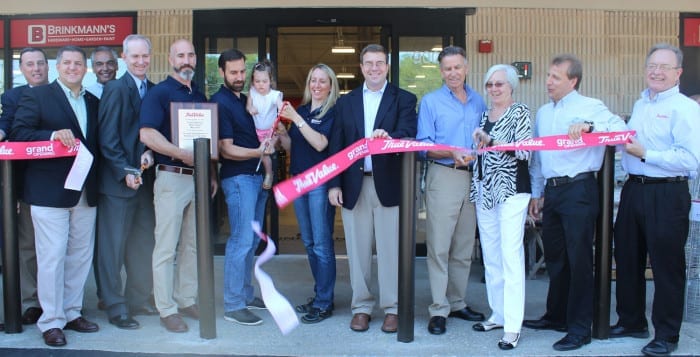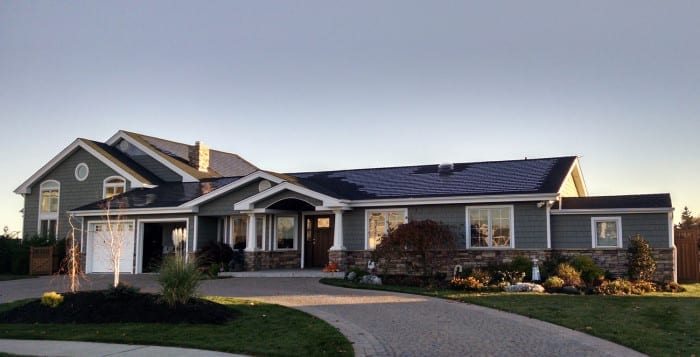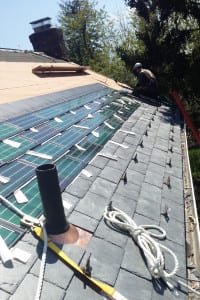Brookhaven Town reached the trifecta of adopting renewable energy codes when it embraced Suffolk County’s model solar code last week.
After previously adopting the county’s geothermal and wind energy codes, the Brookhaven Town Board approved the one for solar, which will permit solar energy production facilities by planning board special permit in the town’s industrial zones. According to Suffolk County Planning Commission Chairman Dave Calone, the town is the first in the county to adopt all three model codes.
“Brookhaven is the place where renewable energy is moving forward,” Calone said prior to a public hearing on the matter on Aug. 6.
Deputy Town Attorney Beth Reilly said the code applies to the town’s industrial districts, L Industrial 1, light industry; L Industrial 2, heavy industry; and L Industrial 4. Permitted uses in light industry include banks, agricultural or nursery uses, places of worship, day cares, health clubs, manufacturing within a building, offices and warehouse spaces, while uses in heavy industry include manufacturing of asphalt, cement fertilizers, and chemicals; junkyards; farmers markets and stockyards. L4 districts deal solely with the generation, transmission and distribution of electrical energy.
“The intent of this section [is] to provide adequate safeguards for the location, siting and operation of solar production facilities,” the code states.
The day before the Town Board’s adoption, a state Supreme Court judge dismissed a lawsuit against the town, its planning board and zoning board of appeals that sought to overturn the town’s approvals for a solar-energy production facility in Shoreham.
Eight Shoreham residents listed under the community group Shoreham Wading River Advocates for Justice filed the lawsuit in November against the town entities, along with sPower, a renewable energy company based in Utah and California, and utilities PSEG Long Island and the Long Island Power Authority. sPower has an agreement to sell power generated at a future 50,000-solar panel facility, located on the DeLalio Sod Farm, to PSEG. Many residents who live near the farm have advocated against it, saying the project is too large for a residential area.
Calone said he believes the new solar code, which outlines where the solar arrays should be located, will lead to new projects being welcomed to communities.
The total coverage of solar panels cannot exceed 60 percent of the lot area and freestanding panels cannot reach more than 20 feet above the ground, according to the code, which also adds buffer and setback restrictions. In addition, the code outlines design standards for the solar panels.
Supervisor Ed Romaine (R) thanked Calone and Councilmembers Valerie Cartright (D-Port Jefferson Station), Jane Bonner (C-Rocky Point) and Connie Kepert (D-Middle Island), who worked with the county on the code.
“The one thing that is so beneficial is getting uniform code that can apply to all 10 towns so there is no guessing,” Romaine said. “It isn’t different from one town to another. It makes it simple for alternative energy to move forward.”








